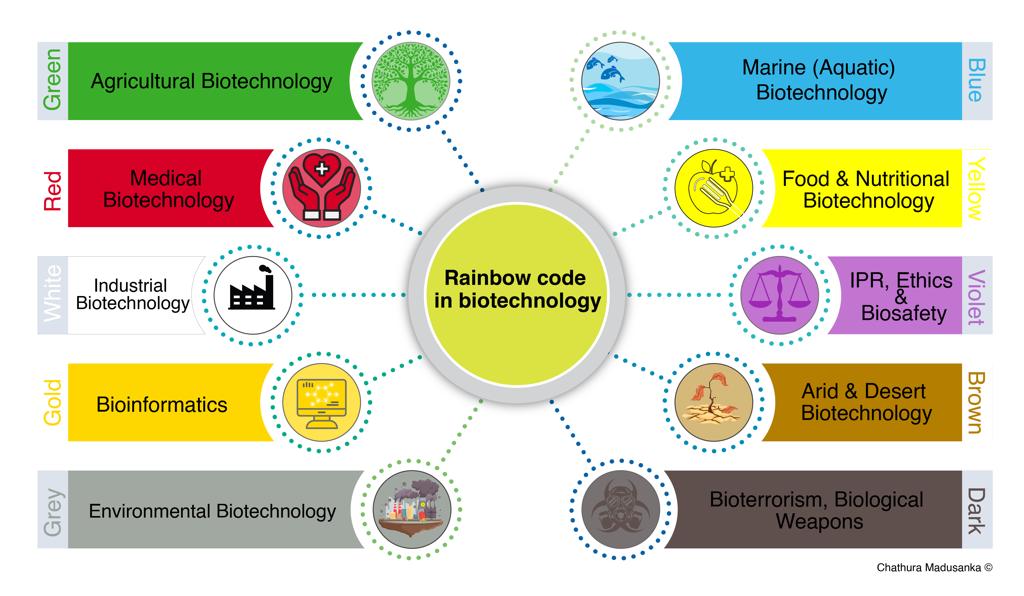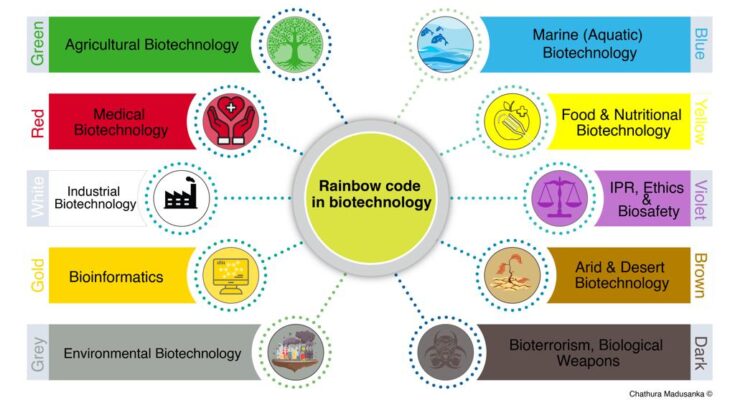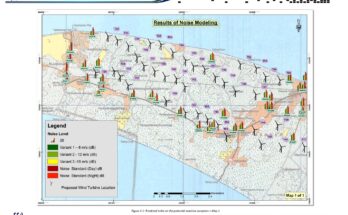Why does biotechnology really matter?
The history of biotechnology goes back to the ancient records of brewing beer over 6,000 years in past by the Sumerians (now southern Iraq) who possibly discovered the fermentation by coincidence. Although people produced wine, bread, and dairy products using livincustom made football jerseys detroit lions jersey custom football jerseys 49ers jersey Ohio State Team Jersey micah parsons jersey brock bowers jersey detroit lions jersey custom made football jerseys custom made football jerseys asu football jersey asu football jersey micah parsons jersey custom football jerseys Ohio State Team Jerseyg organisms, as early as thousands of years ago, th
botas adidas mujer 2012
adidas la trainer herre sort
botas adidas mujer 2012
costumi carnevale brasiliano
asics gt 1000 green
schiebermütze
adidas handball spezial test
litec led
texans andre johnson jersey
lagan gáz főzőlap
penn state store
czc redukce na sluchátka
litec led
χαλάκι ασφαλείας
honor 9 lite vs samsung s6 edge
e legacy of biotechnology has not brought prosperity yet to many nations around the world. The United Nations Convention on Biological Diversity (CBS), now defines Biotechnology as “any technological application that uses biological systems, living organisms, or derivatives thereof, to make or modify products or processes for specific use where the concept of “specific use” involves some sort of profit-making application. Although the global biotechnology industry has reached USD 1023.92 billion in 2022 and is expected to reach USD 10129.16 billion by 2030, at a compound annual growth rate of 29% during the forecast period 2023 to 2030 (Data Bridge Market Research), Sri Lanka is far behind the earning through biotech industry until now due to many unforeseen circumstances.
The Rainbow Code Biotechnology: Understanding Diversity of Biotechnology

In general, understanding the potential of biotechnology is a challenge for non-life science and the business community both locally and globally. The simplified version of the CBD definition clearly says that biotechnology is the use of living organisms and their processes to develop products for specific commercial applications. Although the advanced knowledge in biotechnology has been limited to the scientific and academic community, the real-world applications are enormous beyond the lab bench. While the global biotechnology industry, led by prominent biopharmaceutical companies, continues to break records, there are vast untapped opportunities in biotechnology for many countries like ours.
The rainbow code of biotechnology proposed by Kafarski (2012) is a widely accepted opinion that categorizes the field of biotechnology into ten sections with a corresponding color for each. This standard can be used as a prime tool to recognize the unexplored potentials of the biotech industry for a country lagging behind a biotechnology-based economy. The rainbow code in biotechnology is useful for both scientific, business, and other communities including the general public to distinguish, recognize, and comprehend many applications and approaches of this widespread field.
The theme colors of the rainbow code widely accepted are simply described below with a few examples.
Green Biotechnology
According to the rainbow code green biotechnology is devoted to agricultural biotechnology such as pest and disease-resistant crops and developing probiotics for farm animals. Both traditional agricultural practices of obtaining superior crop varieties to modern applications of developing genetically engineered plants and animals encompass green biotechnology.
Red Biotechnology
The red biotechnology of the rainbow code is devoted to medical applications, which include the traditional development of biopharmaceuticals including various attenuated vaccines, antibiotics, and other drugs as well as the modern aspects of gene therapy and targeted drug delivery. The red color indicates the prime importance of biotechnology in the healthcare sector as one of the key sectors in the global biotech industry.
Yellow Biotechnology
The yellow of the rainbow code is devoted to food biotechnology aspects. This area ranges from dairy products, brewing, yeast products, development of single-cell proteins, and functional foods. Many aspects of food science and technology can be classified under Yellow biotechnology.
White Biotechnology
Manufacturing of various bio-based products such as biopolymers, biocomposites, biomaterials, and biofuel production are the fields classified under white biotechnology. Sectors in white biotechnology perfectly align with the global needs of green manufacturing and circular economy models.
Grey Biotechnology
The grey in the rainbow code is devoted to the environmental aspects of biotechnology. These include bioindicators, bioremediation, biodegradation, and studying microbial communities for novel enzymes and metabolites. Genetic engineering has also advanced the aspects of bioremediation, by creating genetically modified organisms that can effectively clean up the polluted environment.
Purple Biotechnology
Implementation of laws, the establishment of ethics, safety regulations, and intellectual property rights are of prime importance in biotechnology, as society is very concerned about both the positive and negative impacts of science and technology. Purple biotechnology brings all these applications aimed to connect biotechnology with rest of the society including science, business, and general public concerns.
Brown Biotechnology
The improvement of arid and desert land is a prime focus of the biotechnology community globally. The development of drought-resistant crops, the exploitation of bacteria to convert sand into stones, and the prevention of the spread of deserts are good examples of brown biotechnology.
Gold Biotechnology
The intersection of information technology, computing, and life sciences leads to greater achievements in Biotechnology. The Gold biotechnology is devoted to the areas of life sciences which collaborate with information technology and related aspects. Bioinformatics and other biological databases and big data analysis related to solving key scientific problems related to health, disease, agriculture, and other aspects are perfectly aligned with Gold biotechnology.
Blue Biotechnology
The marine and aquatic bioresources are leading to many emerging research, innovations, and industrial applications. The biotechnology applications based on marine and aquatic bioresources are classified under the theme color of blue. Blue biotechnology has immense potential for island nations to have a rich biodiversity around the country. The range of blue biotechnology can be from drug development from aquatic bioresources, functional foods, and genetically modified ornamental fish.
Dark Biotechnology
Bioterrorism and biological warfare classified under dark biotechnology are important for awareness of national and global security. Although the dark side of biotechnology exists, this will not be promoted by the scientific community.
Rainbow code is an effective approach to trigger novel research, innovations, and startups leading to filling the gaps in the field of Biotechnology. We should realize that the nature of biotechnology is not just the cutting-edge tools of genetic modification and gene editing, but many traditional applications also can be counted.
Where we are?

According to the sources available, the economic crisis faced by the country has made several initiatives toward developing the export economy. However, long-term survival has not been assured so far, leaving the people in uncertainty about their future. Looking at the global potential for an agriculture-based economy and having a substantial amount of biological resources, sustainability through exports can be further assured by developing the biotechnology industry with the support of global partners.
The red, green, white, yellow, and blue themes in biotechnology will be the most potential sectors to be developed through careful analysis of global opportunities. Sri Lanka is rich in unexplored biodiversity which provides a large amount of plant, animal, and microbial genetic resources that can be utilized in biotechnological research enabling the discovery of novel genes, enzymes, and bioactive compounds with commercial potential. Although the leaders in the biotech industry focus mostly on pharmaceuticals, biotechnology can revolutionize Sri Lanka’s agricultural sector by improving crop yields, developing disease-resistant varieties, and enhancing the nutritional content of crops. It can also contribute to sustainable agriculture practices by developing biofertilizers, biopesticides, and biocontrol agents to the global market rather than importing them in an unsafe manner.
Biotechnology can facilitate the development of sustainable industrial processes, such as biofuel production, waste management, and bioremediation. Sri Lanka can leverage these technologies to reduce dependence on fossil fuels, mitigate environmental pollution, and promote a circular economy.
Competent human resources for the biotechnology industry
The progress of education in biotechnology in the country has been considerably slow compared to other Asian nations. Although many leading universities in Sri Lanka offer first degrees in fields such as molecular biology, biotechnology, biosystems technology, and related disciplines, there are relatively few courses that are truly industry-oriented. Furthermore, the government school curriculum includes a limited amount of biotechnology content even for the streams of science and technology. As a result, there is a lack of awareness among the general public about this field leading to a great lapse in technology development.
The undergraduates with theoretical knowledge in molecular biology and biotechnology, would not be enough to develop industry in the country although that invests in creating scholars who perform well in the international arena and academia at the national level. Academic-industrial collaborations in biotech education which guarantee extensive training to make competent graduates with innovative ideas and skills in biotechnology should be the prime focus towards success. More importantly, expert scientists and technologists should be more passionate about what they do and should get ready to take up the challenges. The young academic and industrial community should be the leaders in biotech infrastructure and policy development.
Post-Covid impact on global biotech boom
The COVID-19 pandemic has drawn the attention of both the business community and the general public to the healthcare and biotechnology sectors. The areas of vaccine development, antimicrobial drugs, hygiene products, nutrition supplements, and traditional medical products were at the forefront of flourishing industries during the pandemic. The COVID-19 pandemic has made a transformative impact on the biotechnology industry, leading to increased funding, accelerated innovation, digital transformation, and a renewed focus on preparedness. The lessons learned from the pandemic are likely to shape the industry’s trajectory, with ongoing advancements in areas such as vaccine development, digitalization, and biosecurity. The countries failed to take this golden opportunity to invest more in biotech industries during this time and unfortunately lost the chance to enter through an unexpected boom in the global biotech industry.
The way forward – Policy, infrastructure and awareness
Sri Lanka is widely acknowledged to require the establishment of a robust regulatory system to effectively oversee the ethical and safe utilization of biotechnology solutions. To induce investment and build public trust, it is essential to establish clear rules and regulations covering intellectual property rights, biodiversity conservation, biosafety, and bioethics. There is no doubt that significant expenditures in research infrastructure, labs, and specialized equipment are crucial to developing the biotechnology business in the country.
Research and development efforts must be supported by enough international, government, and private financing. Public skepticism and worries about the safety and ethical consequences of biotechnological applications are mainly due to the lack of awareness and knowledge among them. It is the responsibility of experts and science communicators to tirelessly work on building trust and understanding by increasing awareness among scientists, policymakers, entrepreneurs, politicians, and the general public.
By Dr. Dhanushka Udayanga
About the writer: Dr. Dhanushka Udayanga holds BSc special degree in Molecular Biology and biotechnology from University of Peradeniya, PhD in Biotechnology from Mae Fah Luang University, Thailand and a postdoctoral visiting scholar at United States Department of agriculture, Agriculture Research Services (USDA-ARS). He is currently a senior lecturer, the Head, Department of Biosystems Technology, Faculty of Technology, University of Sri Jayewardenepura.





